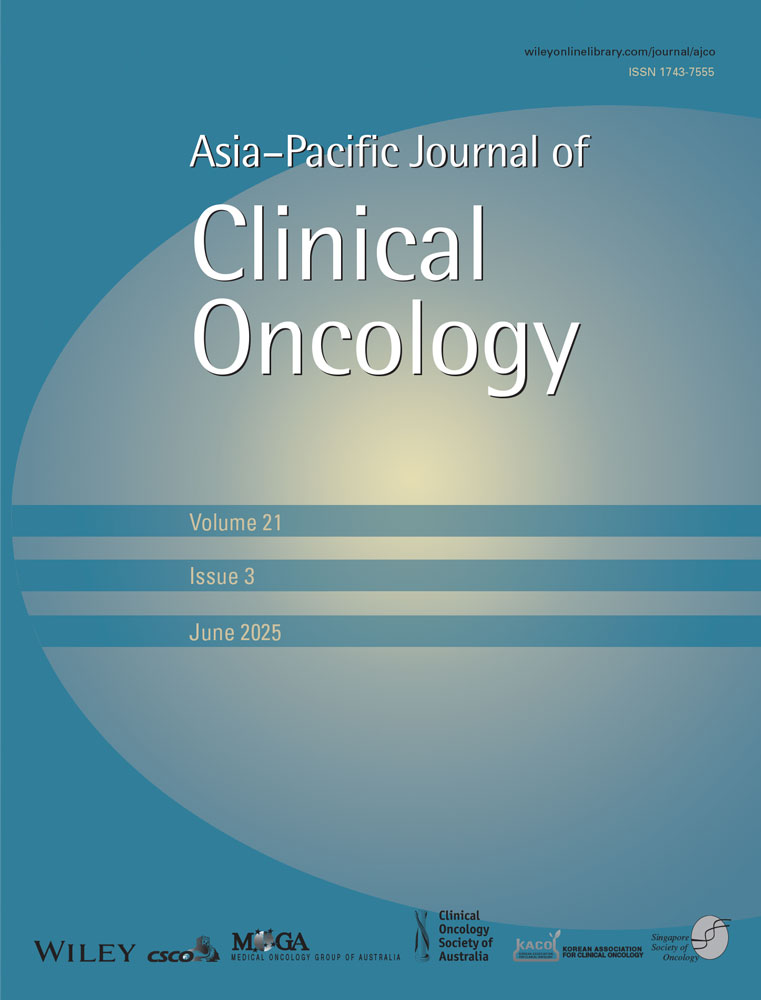Completion Rate of Paper-Based and Electronic Patient Reported Outcome Measures in a Multidisciplinary Cancer Survivorship Clinical Setting
Funding: This work was supported by an internal research grant from the Concord Cancer Centre. Dr Janette Vardy is supported by a National Health Medical Research Council Investigator Grant [APP1176221] and SYT holds a post-doctoral position supported by the same grant [Number: APP1176221]. Prof Vardy was previously supported by a Practitioner Fellowship from the National Breast Cancer Foundation, Australia.
ABSTRACT
Objective
Integrating Patient-Reported Outcome Measures (PROMs) into clinical practice is increasing, with research showing benefits in patient outcomes. However, evidence regarding patient's acceptance of PROMs is limited. Sydney Cancer Survivorship Centre (SCSC) clinic is a multidisciplinary clinic where clinicians use PROMs to guide patient consultation. This study explored SCSC patient acceptability of PROMs in clinical care by evaluating PROMs' completion rates.
Methods
This retrospective audit of PROMs completion rates evaluates two periods: 1) September 2013–November 2019 (pre-coronavirus disease 2019) and 2) October 2020–September 2023, following the implementation of electronic PROMs. Overall, 866 new patients attended SCSC during the two audit periods, with 822 (95%) giving consent for data to be included. Descriptive statistical methods were used to analyse completion rates.
Results
Between September 2013 and November 2019 (audit period 1), 656 new survivors attended the SCSC clinic; 622 (95%) consented to data use. The highest completion rate for paper-based PROMs was the food questionnaire (92%); with 91% for distress thermometer, symptoms, and exercise-related PROMs; 85% for quality of life; 77% for self-rated performance status, and 55.5% for a 3-day food diary. From October 2020 to September 2023 (period 2), the response rate for PROMs was 99% (n = 198/200) for initial clinic attendees; and 92% for electronic PROMs (n = 169/184).
Conclusions
Using comprehensive PROMs in clinical care is feasible. The completion rate was high; similar between paper-based and electronic PROMs. Comprehensive PROMs can guide clinical consultations. PROMs may improve communication between survivors and clinicians and enhance the quality of care.
Conflicts of Interest
JLV is the Director of the SCSC, SYT, KKA, SB, CD, SK, CW, IC, and AM are part of the MDT team of the SCSC clinic. JLV, JT, HD, KK, AM and SYT were involved in the design and set-up of the SCSC. HD declares receiving honoraria paid to her institution from BMS, Janssen-Cilag, and MSD.
Open Research
Data Availability Statement
Data are available on reasonable request from the author.




